Rising Environmental Regulations
The Rubber Processing Chemicals Market is also shaped by the increasing stringency of environmental regulations. As sustainability becomes a focal point for industries, manufacturers are compelled to adopt eco-friendly practices. In 2025, the market for sustainable rubber processing chemicals is anticipated to grow, with a projected increase of around 15% compared to previous years. This shift is driven by regulations aimed at reducing harmful emissions and promoting the use of biodegradable materials. Consequently, companies are investing in research and development to create greener alternatives, which not only comply with regulations but also appeal to environmentally conscious consumers, thereby enhancing their market position.
Expansion of the Footwear Industry
The Rubber Processing Chemicals Market is significantly impacted by the expansion of the footwear sector. As consumer preferences shift towards comfortable and durable footwear, manufacturers are increasingly utilizing rubber processing chemicals to enhance product quality. In 2025, the footwear segment is projected to account for a considerable share of the rubber processing chemicals market, with estimates suggesting a value of around USD 3 billion. This growth is driven by the rising demand for athletic and casual footwear, which often incorporates rubber components for improved performance. Consequently, the footwear industry's expansion is likely to bolster the rubber processing chemicals market, as manufacturers seek innovative solutions to meet consumer expectations.
Increasing Demand for Automotive Tires
The Rubber Processing Chemicals Market is experiencing a surge in demand driven by the automotive sector, particularly for tire manufacturing. As the automotive industry continues to expand, the need for high-performance tires has become paramount. In 2025, the tire segment is projected to account for a substantial share of the rubber processing chemicals market, with estimates suggesting a value exceeding USD 10 billion. This growth is attributed to the rising production of vehicles and the increasing focus on safety and performance, which necessitates the use of advanced rubber processing chemicals. Consequently, manufacturers are investing in innovative formulations to enhance tire durability and performance, thereby propelling the rubber processing chemicals market forward.
Technological Innovations in Rubber Processing
The Rubber Processing Chemicals Market is witnessing a wave of technological innovations that are transforming production processes. Advancements in processing techniques, such as the use of nanotechnology and advanced compounding methods, are enhancing the performance characteristics of rubber products. In 2025, it is estimated that the adoption of these technologies could lead to a market growth rate of approximately 10%. These innovations enable manufacturers to produce rubber with superior properties, such as increased strength and resistance to wear and tear. As a result, the demand for specialized rubber processing chemicals is likely to rise, as they play a crucial role in achieving these enhanced product attributes.
Growth in Construction and Infrastructure Development
The Rubber Processing Chemicals Market is significantly influenced by the growth in construction and infrastructure development. As urbanization accelerates, the demand for construction materials that incorporate rubber processing chemicals is on the rise. In 2025, the construction sector is expected to contribute notably to the rubber processing chemicals market, with projections indicating a market value of approximately USD 5 billion. Rubberized asphalt, sealants, and adhesives are increasingly utilized in construction applications, enhancing durability and performance. This trend is likely to continue as governments and private sectors invest in infrastructure projects, thereby creating a robust demand for rubber processing chemicals.
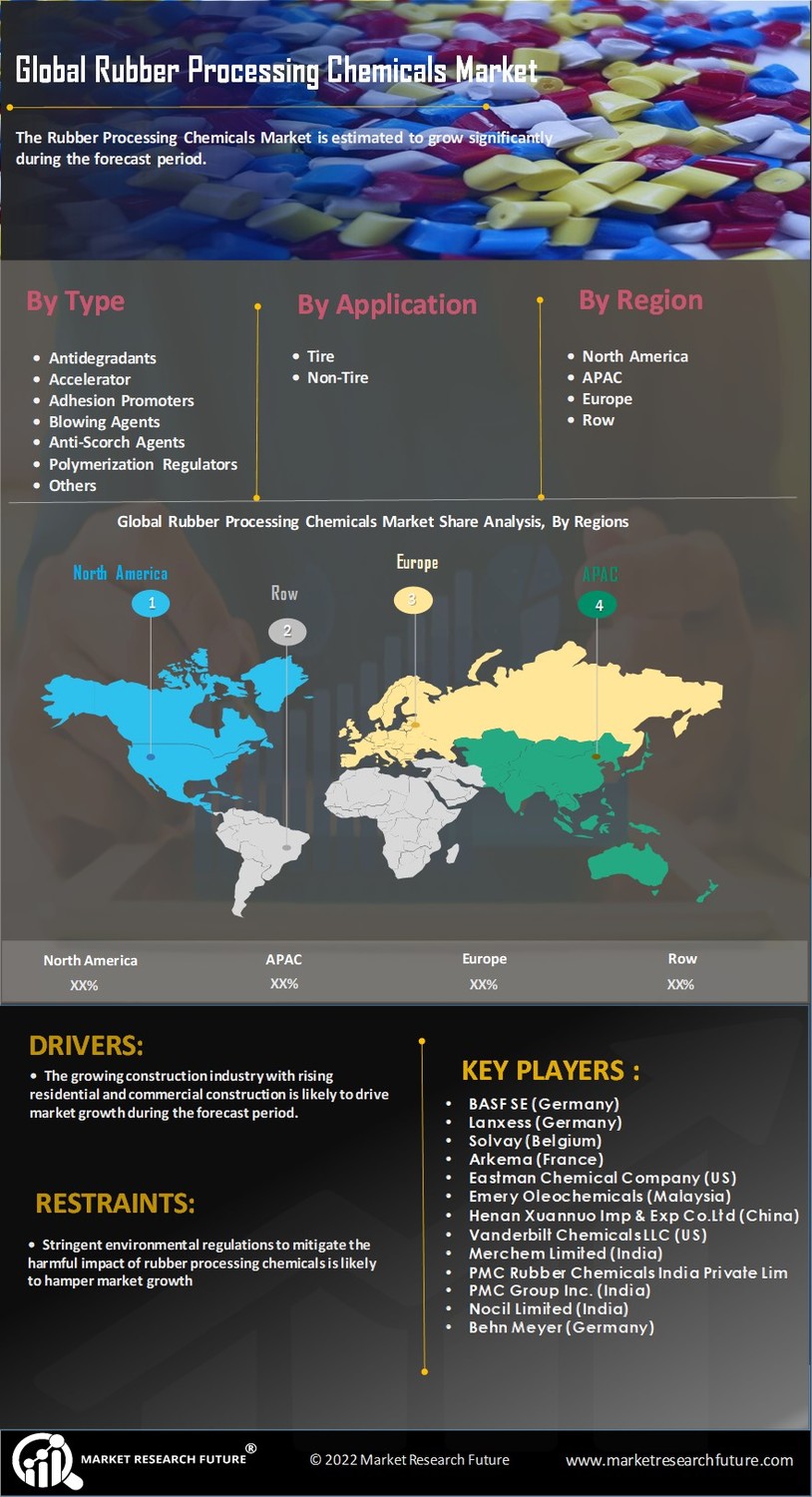

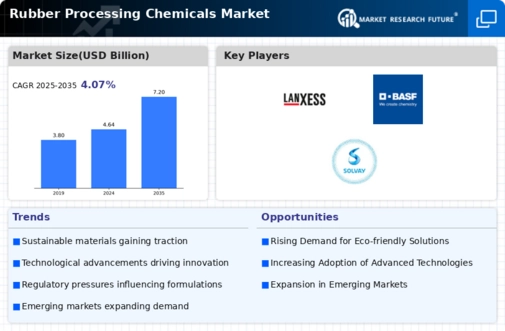
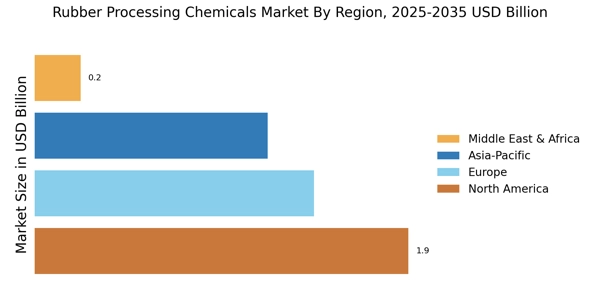
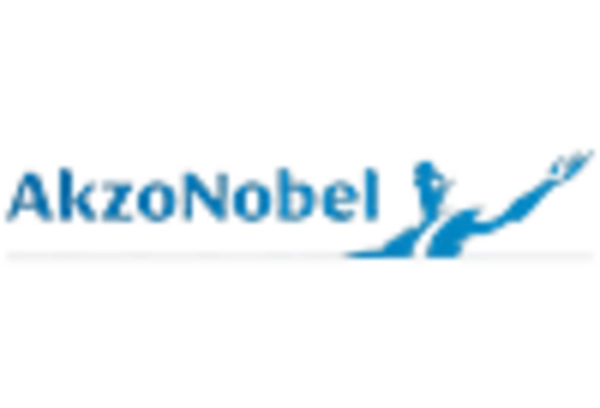

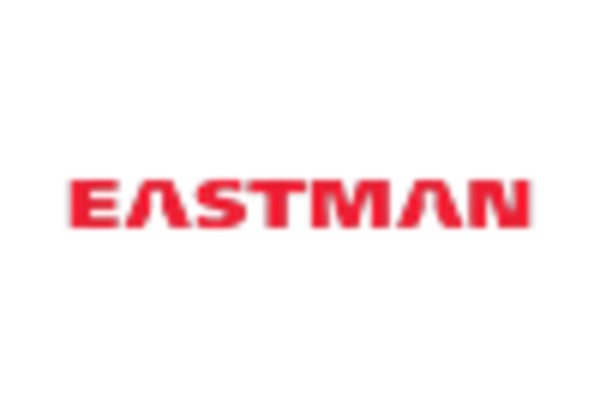
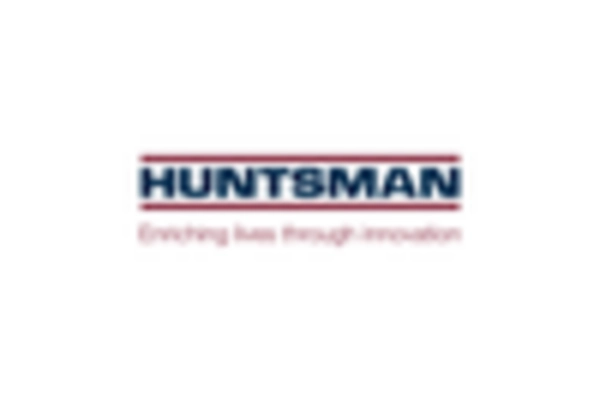
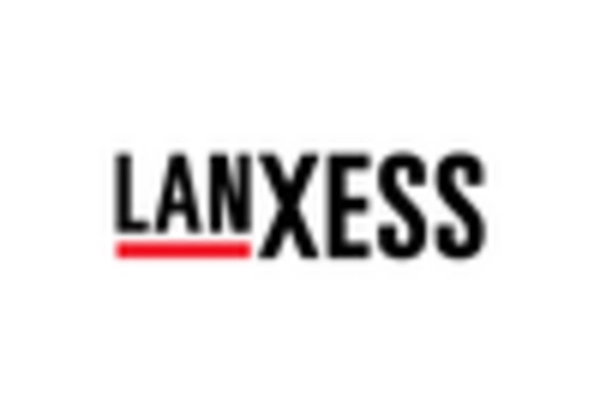
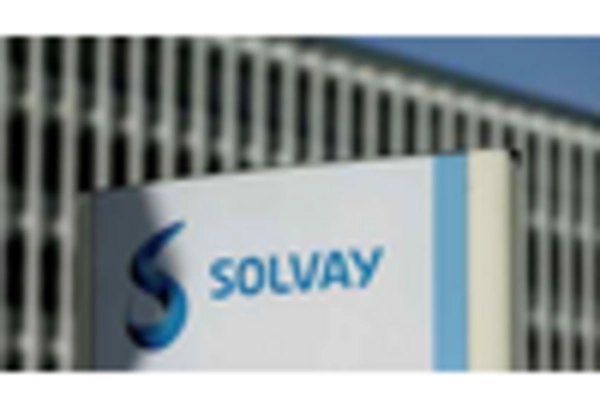








Leave a Comment